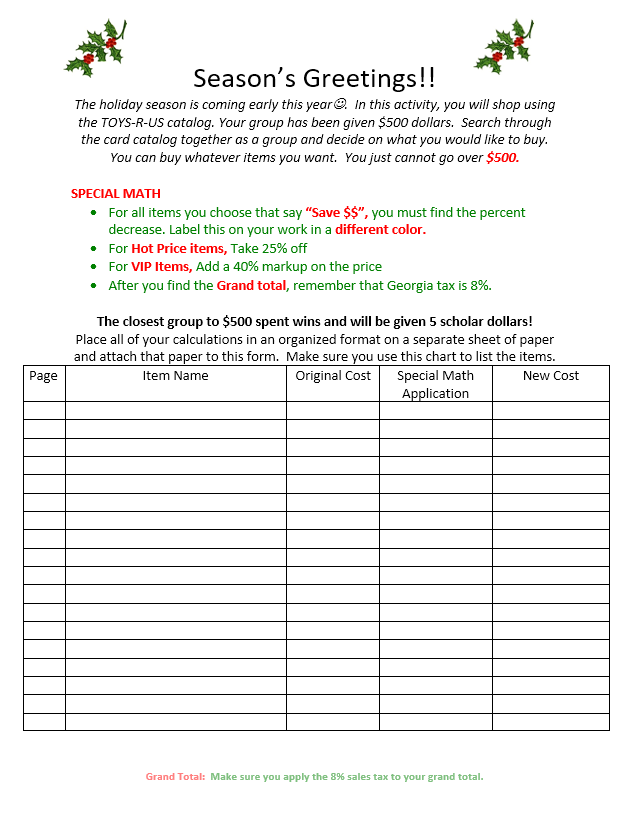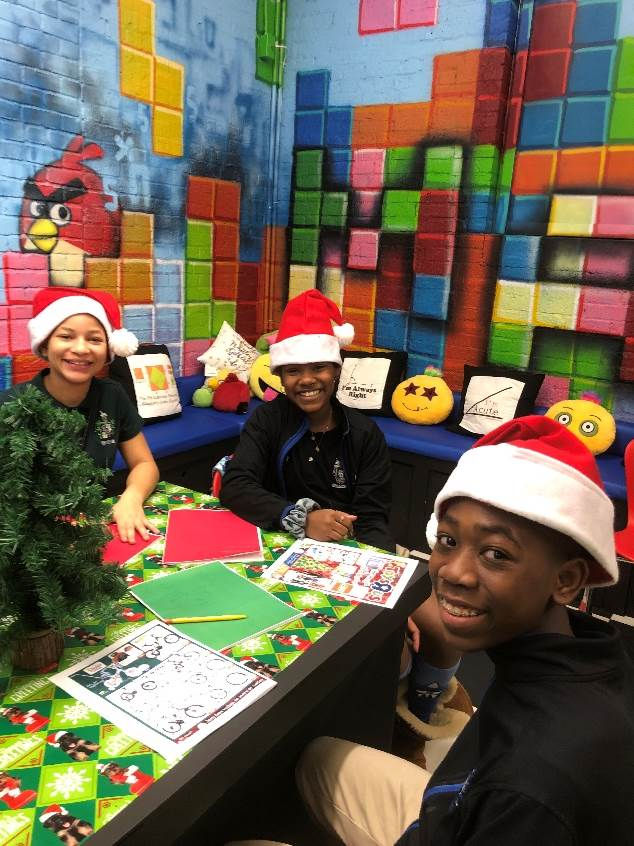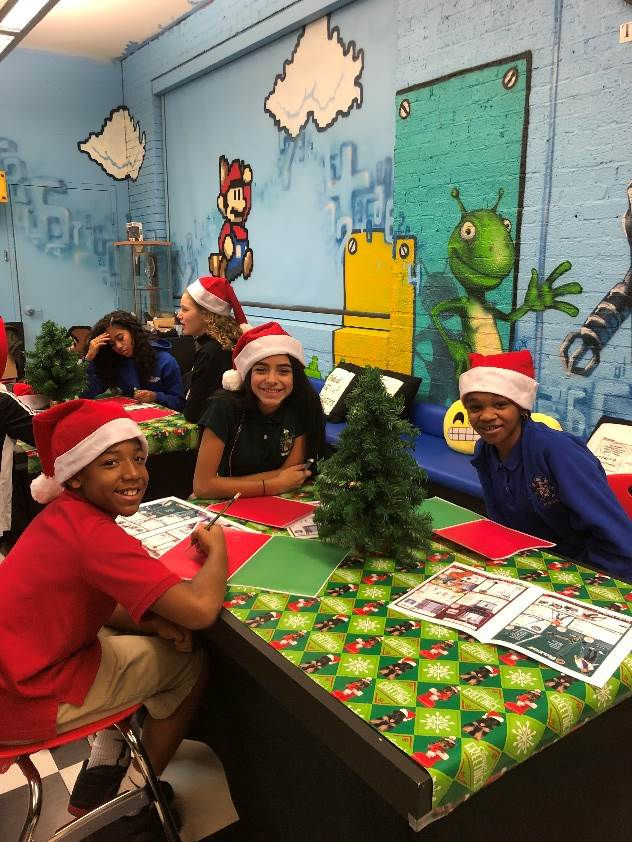Math Jonesing: Merry Consumerism
- Dr. Valerie Camille Jones
- Jan 15, 2019
- 3 min read
Merry Consumerism Shopping Smart is a Gift

If the mayhem of Black Friday has taught us anything, it’s that people LOVE a bargain! Willing to camp out on the concrete for the latest phone or coolest game, psychotic - just playing, I mean savvy shoppers venture out on Thanksgiving night in search of insane savings, prepared to throw bows over the latest iteration of Elmo.
But what if there was a better way?
A method by which gift-getters could set a budget, safely peruse the possibilities for those on their nice list, calculate discounts, markups, and tax, then purchase those items without having to miss the pumpkin pie!
There is! Catalogue shopping, and it’s a great way for students to practice adding, subtracting, multiplying, and dividing decimals – without a calculator. Learning to stick to a budget is also a valuable life-lesson, especially during holiday shopping.
*I decorated my classroom for Christmas before starting and wore a Santa hat and played holiday music during the activity, but this could be used with any theme as it’s always a good time to shop! 😊
I started by splitting the students into groups of three and gave them a $500 budget. This can also be done in pairs with any amount you choose, some prefer to give the kids $1000 to work with.
Any catalogue will work though I find students’ interests are most peaked when working with a concept they find engaging. Could they practice these math concepts while pretending to purchase summer sausage and cheese? Sure. Would they be able the calculate the discount and tax skimming through a brochure on lawn equipment? Absolutely. Would they have this much fun and remained this focused on the task at hand?

No.
Which is why I gave them a Toys R Us catalogue and had them “shop” for TOYS! Yes, I know that Toys R Us is closed now but many stores still give out paper catalogues, though you can also use electronic versions. Just be sure each group gets the same catalogue.

The Object
The object of the game is to spend all of the money – without going over – meaning the group that comes closest to spending the $500, after properly making all of the calculations, wins. (No, it doesn’t mean you have to buy the winners the things they’ve chosen, but they will ask! 😊)
In addition to the catalogue, each group is given a worksheet on which to make their calculations:

You can work in any special math you choose:
• For all items that say “Save $$”, you must find the percent decrease.
• For Hot Price items, Take 25% off
• For VIP Items, Add a 40% markup on the price
• After you find the Grand total, remember that Georgia tax is 8%.
Or rework the rules entirely:
The group that reaches $500 by purchasing the fewest number of items wins
Round each item you buy to the nearest dollar. The group that makes exactly $500 wins
The group closest to $500 buying only one of each item wins.
Be sure to also include a place for the students to show all of their work.


The students did a great job working together picking out trampolines, scooters, and bikes and now understand that even without Amazon, it’s possible to figure out how much they’re spending – and saving – while shopping.
In this day of constant credit and living beyond our means, a good old-fashioned consumer math lesson couldn’t come at a better time. Tying the lesson to a real-world activity – like shopping – makes the concept relatable and tangible to children. We’re raising the next generation of consumers, why not arm them with the curriculum to keep them clever in the face of corporate commercialism too?









